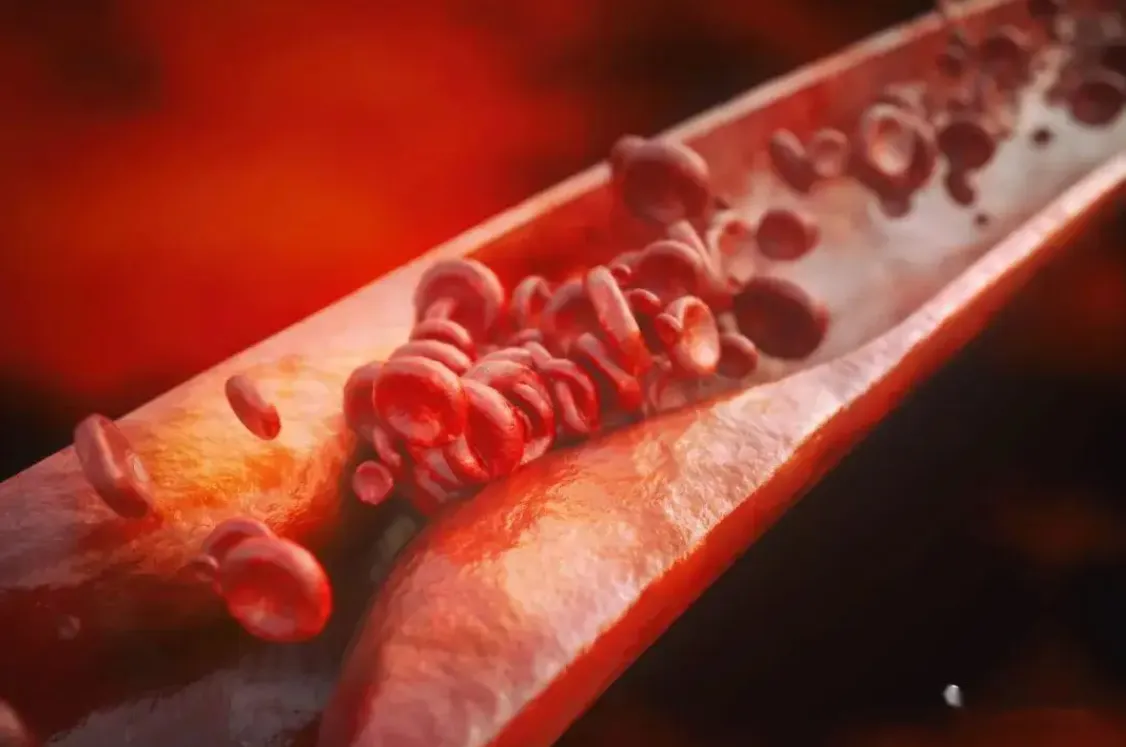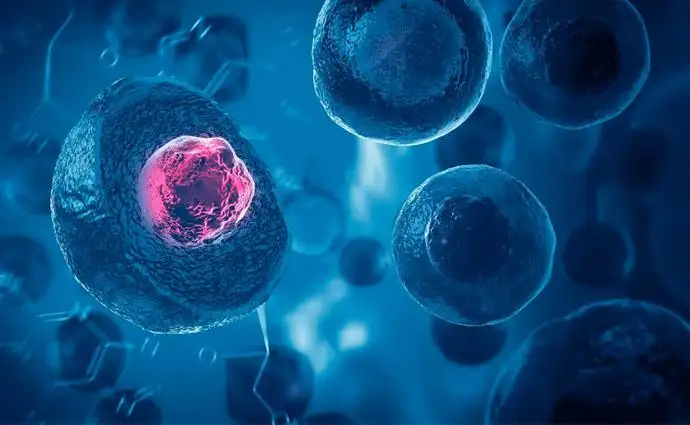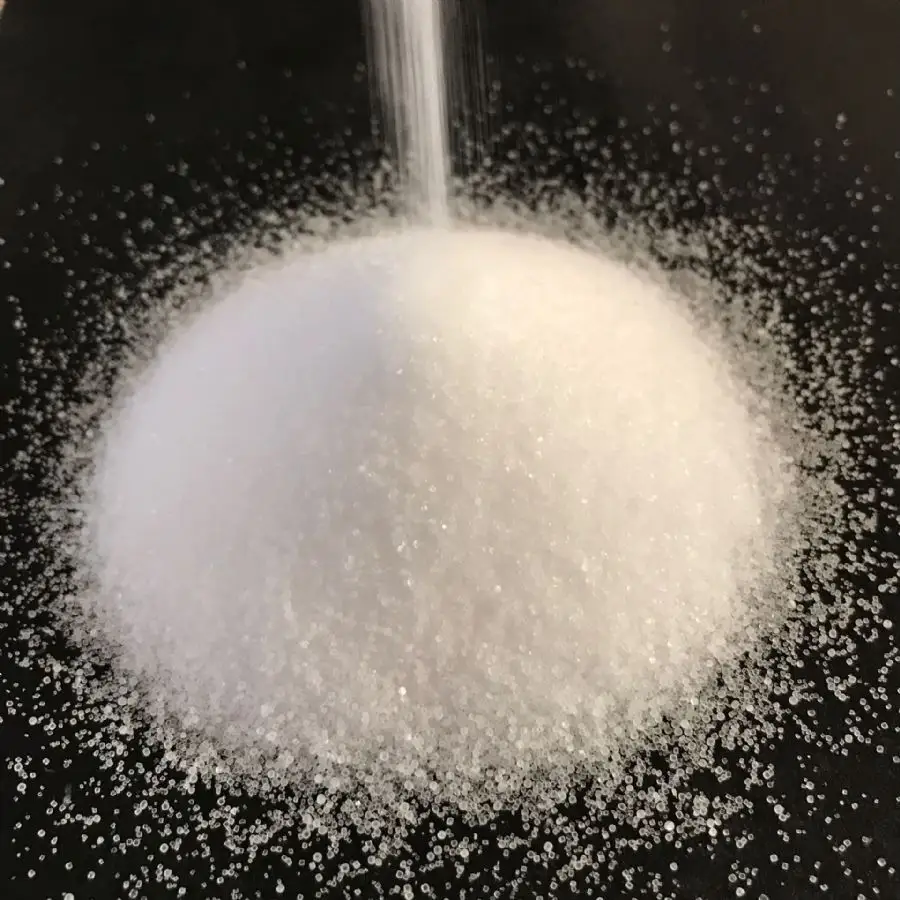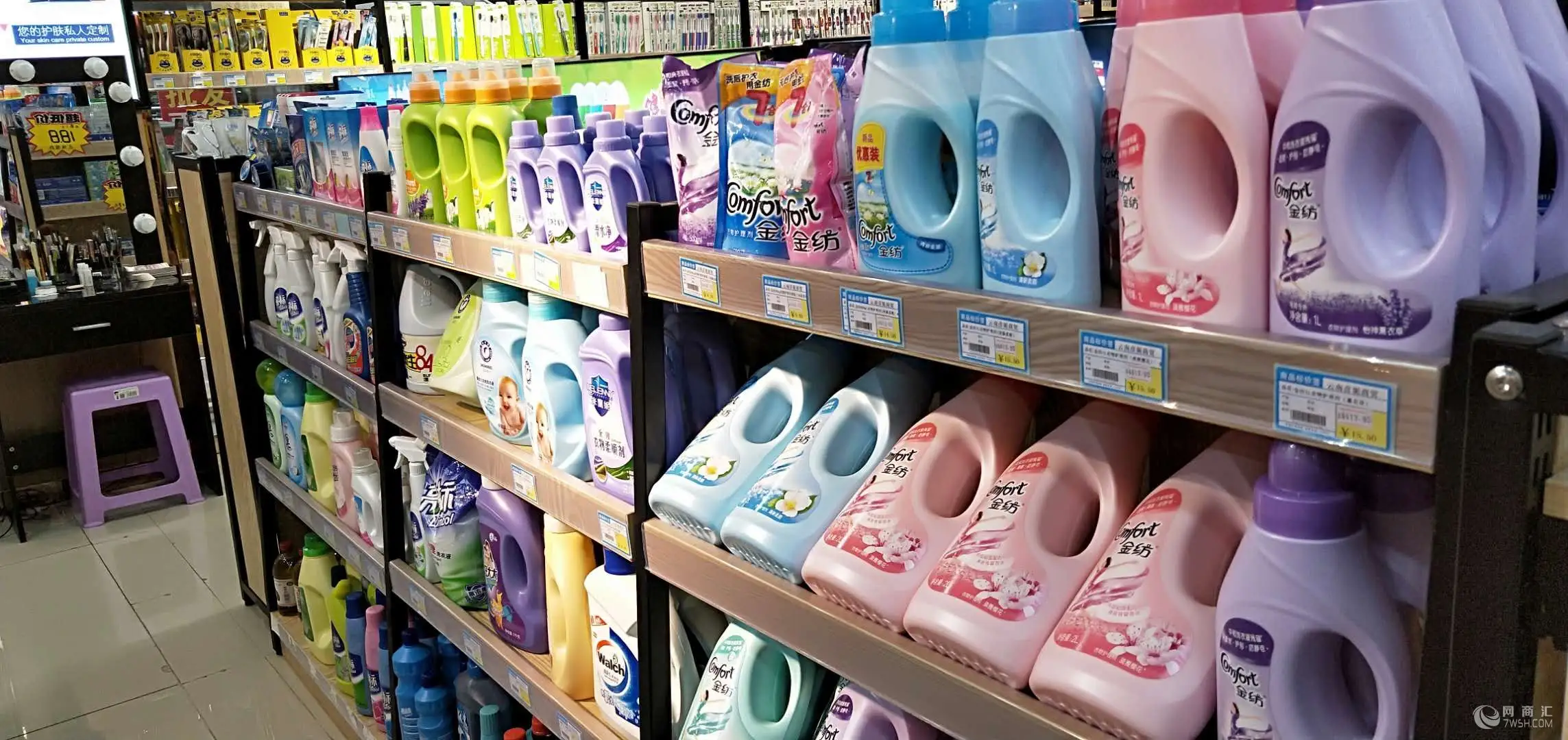Microplastics found in human blood for the first time! These items that you commonly use may be the culprit!
Nowadays, our lives have long been inseparable from plastic, water bottles, fast food boxes, plastic bags, straws and other common items, are linked to it. However, while plastic brings convenience to life, its hard-to-degrade qualities also bring pollution to the ecological environment.
What's even more frightening is that plastic is not only present in the environment, but may also be "eaten" into our bodies. A research team led by the Free University of Amsterdam in the Netherlands has found microplastics in the blood of human volunteers for the first time!
What does microplastic refer to? How does it enter the human body? What kind of harm can it cause to the human body? And what should we do to "eat less" plastic?
New research.
Microplastics found in human blood for the first time
1、What is microplastic?
In 2004, British scientists in the journal Science published a paper in the concept of "microplastics" for the first time, usually considered to be plastic fibers, particles or films with a particle size of less than 5 mm, some of which can reach the micron or even nanometer level. Its sources can be divided into the following 2 categories.
Primary microplastics: Due to industrial needs, plastic particles of tiny size are produced directly, such as cosmetics, toothpaste, detergents and certain polishes with abrasive functions, all containing a certain amount of plastic particles.
Secondary microplastics: After plastic waste enters the environment, the larger size plastic breaks up into smaller size debris due to mechanical abrasion by wind and water and chemical and biological degradation by light, heat, microorganisms, etc.
2, microplastics found in human blood for the first time
For the study, researchers recruited 22 healthy volunteers, and after strict controls for possible plastic contamination during sampling, sample preparation and analysis, quantifiable microplastics were detected in the blood of 17 people (77%), with an average of 1.6 micrograms per milliliter of blood.
The plastic with the highest proportion measured was polyethylene terephthalate (PET), the presence of which was detected in the blood of 50% of the volunteers, with a maximum blood concentration of 2.4ug/ml. and this type of plastic is commonly used in mineral water bottles and beverage bottles, suggesting that most people contain microplastics released from bottled water.
The next is: polystyrene (PS) and polyethylene (PE), accounting for 36% and 23%, respectively, the highest blood concentration of 4.8ug/ml and 7.1ug/ml, respectively. these two types of plastics are mainly used in cling film, disposable foam lunch boxes, plastic cups, etc., indicating that microplastics from food packaging can also enter the human blood circulation, and the amount of entry should not be underestimated.
3, microplastics are quietly harming the human body
In fact, in previous studies, scientists have long found microplastics in human feces, excised colon specimens, and even placental tissue.
This study even found the existence of microplastics in human blood, indicating that microplastics in the human body is not "eat, pull out" so simple, it may flow through the body with the blood, causing effects on various organs. For example, the following
A study published in December 2021 in the journal Environmental Science & Technology Letters found that patients with inflammatory bowel disease had 1.5 times more microplastics in their stool than healthy people, and the higher the level of microplastics in the stool, the more pronounced the symptoms of diarrhea, rectal bleeding and abdominal pain.
Disrupting the human endocrine system. According to the international authoritative report "Plastics, Endocrine Disruptors, and Their Health Hazards" jointly completed by the American Society for Endocrinology and the International Pollutant Elimination Network, some chemicals contained in plastics can disrupt the human endocrine system, leading to cancer, diabetes, reproductive disorders and other diseases, as well as causing neurological damage to fetuses and children.
Microplastics are also hidden in these items
Many people do not know!
In fact, in addition to the plastic products we can directly see, there are some unexpected items also hidden in the plastic particles, will inadvertently be "eaten" into our bodies! For example
1、 Fruits, vegetables and meat products
A study published in the journal Nature Sustainability in July 2020 showed that cracks in the roots of lettuce and wheat crops can absorb microplastics from soil and water and then spread them to edible parts. This process is facilitated by transpiration of the plant.
This means that microplastics may be present in all of our diets, including grains, fruits and vegetables, shellfish, fish, beef and lamb, dairy products, etc., through food chain transmission.
2、Eating salt
In 2015, researchers from East China Normal University in Shanghai collected 15 brands of three types of edible salt (sea salt, lake salt and rock/well salt) and found that all samples contained a rich variety of microplastics. The salt, which is an essential seasoning in food, increases the risk to human health if it contains microplastics.
3 、Toiletries
Toiletries are one of the most common carriers of microplastics. 2017, a market survey conducted by our scholars found that 7.1% of facial cleansers and 2.2% of plastic outer packaging bath products contain microplastics, which can cross the dermal barrier and enter the human body after contact with the skin.
4 、Disposable paper cups
In November 2020, a team of researchers from the Indian Institute of Technology published the results of a study in the Journal of Hazardous Materials (Journal of Hazardous Materials), which showed that disposable paper cups filled with hot drinks released about 25,000 micron-sized microplastic particles into the drinks within 15 minutes.
5、 Air
Microplastics can be released into the air in a variety of ways and then enter the body via the respiratory system. For example, microplastics shed from clothing due to friction and drying can be dispersed in the air and become respirable dust and enter the body.
An article by Mingju Li et al. from the School of Public Health, China Medical University, published in 2022 in School Health in China, states that air sampling results from human models show that a lightly active male can inhale close to 300 microplastic particles per day.
3
Start with the little things around you
In order to prevent our internal organs from becoming "plastic products", we should be more vigilant and pay attention to reduce the use of plastic products in our daily life. use.
1 less plastic bags, more cloth bags
Many people go to the supermarket, food market shopping, often large bags are all packed with plastic bags, looking at the convenience of saving time, but in fact, creating more plastic waste!
It is recommended that when you go out shopping, take the canvas bags already at home, to reduce the use of plastic bags; or the existing plastic bags for multiple uses, to extend its use time.
2 less take-out, less disposable tableware
Take-out boxes are made of plastic, after the stimulation of hot food, may lead to the release of microplastics, and eaten into the body; and the residual shell, but also create more plastic waste. Therefore, in life, it is best to order less take-out , try to eat their own cooking.
If special circumstances require take-out, you can choose not to disposable tableware, use ready-made spoons and chopsticks at home to reduce unnecessary plastic consumption.
3 Do a good job of waste separation
Plastic bottles, plastic bags, etc., do not litter, put it in the designated garbage cans, to the special environmental health department unified treatment, which can reduce the pollution of the environment, but also reduce the probability of harming yourself. Including now everywhere is promoting waste classification and recycling, please actively do a good job of waste classification.
4 Best to choose biodegradable products
"Plastic restriction", "plastic ban" is not possible to completely eliminate the use of plastic, if you must use, you can choose biodegradable products. For example: many convenience stores can choose to buy
biodegradable plastic bags, and some cafes and restaurants have begun to provide
Compostable pla straws. get more from
https://www.xcpla.com.


 Deutsch
Deutsch русский
русский español
español العربية
العربية 日本語
日本語 한국의
한국의








 SUPPORT 24/7
SUPPORT 24/7 BUSINESS QUIRY
BUSINESS QUIRY Our ADDRESS
Our ADDRESS  Leave A Message
Leave A Message
 IPv6 network supported
IPv6 network supported





